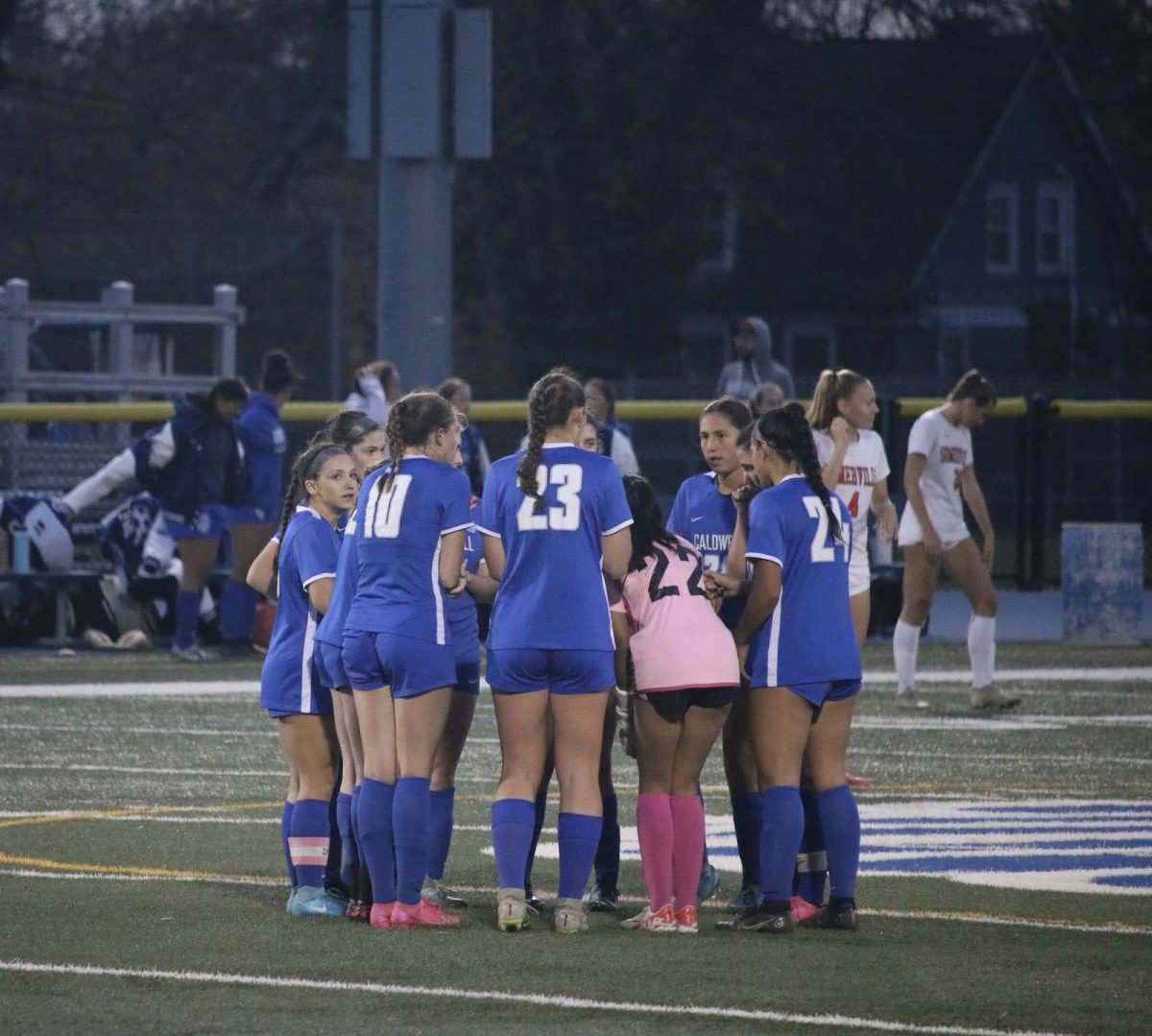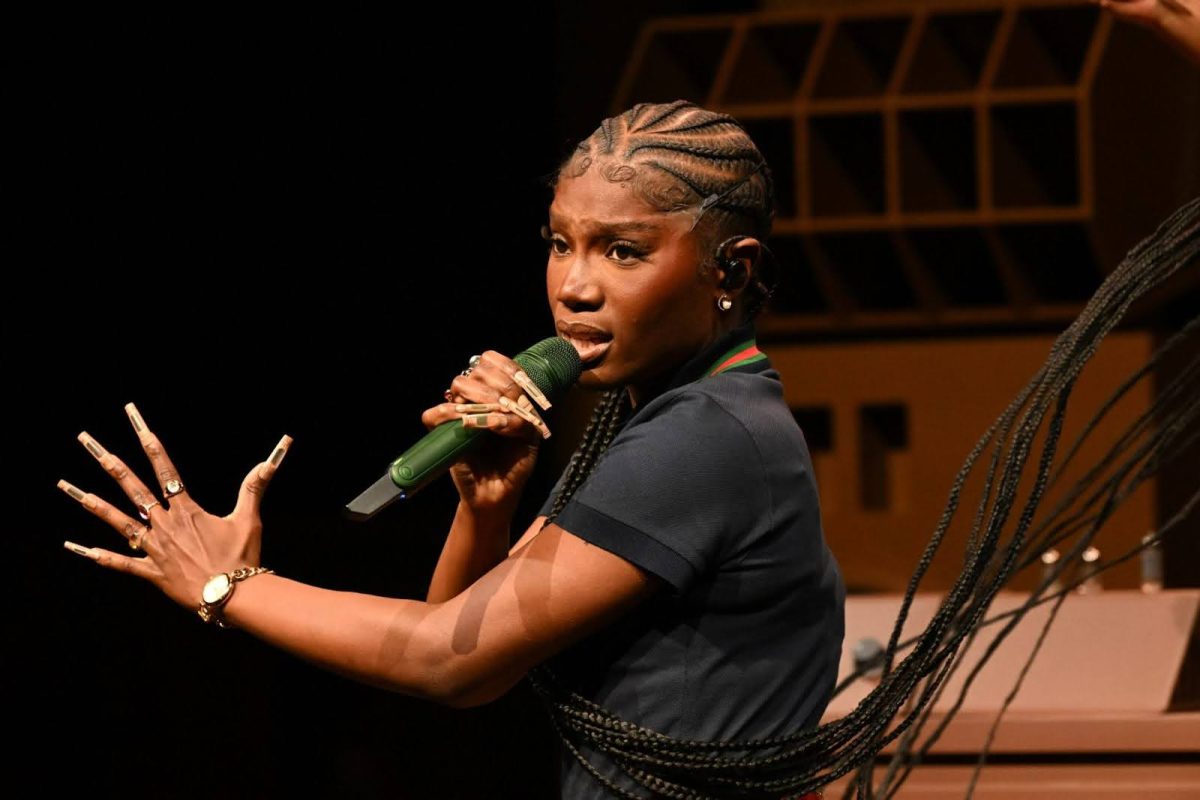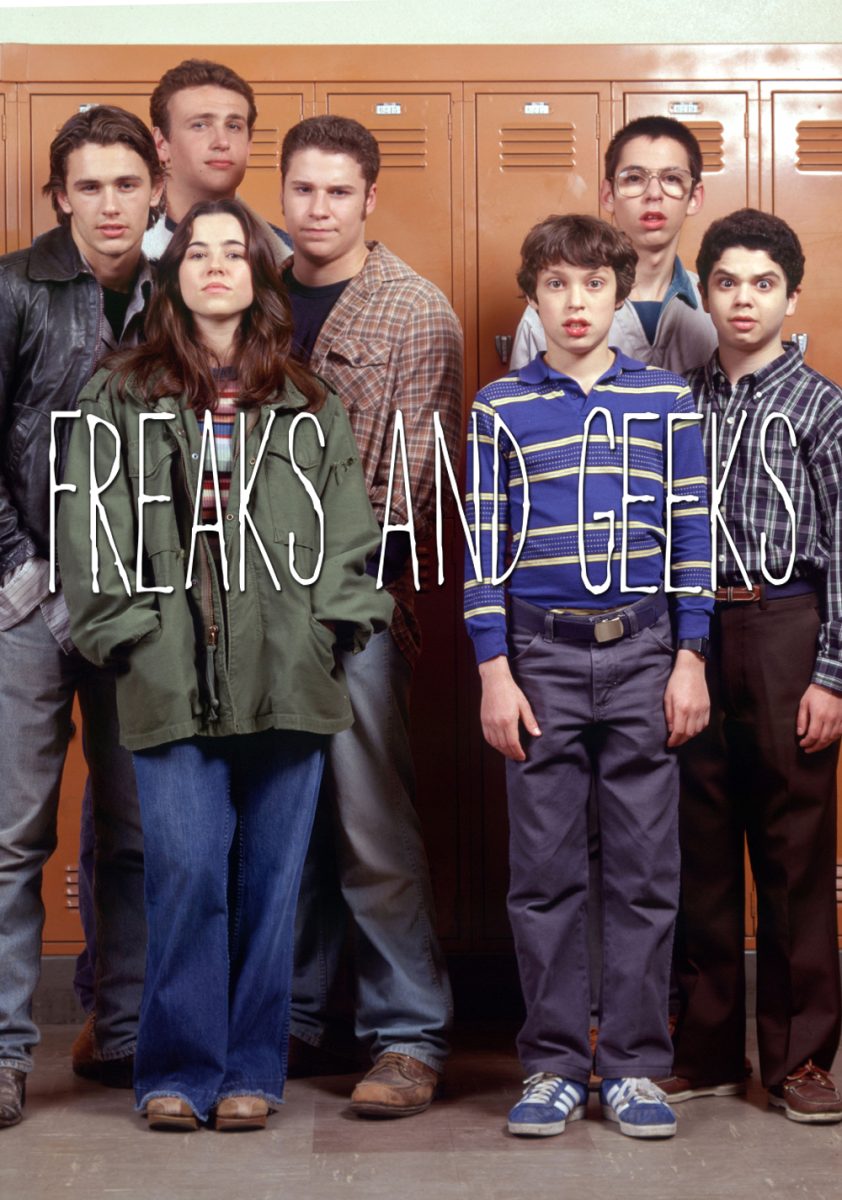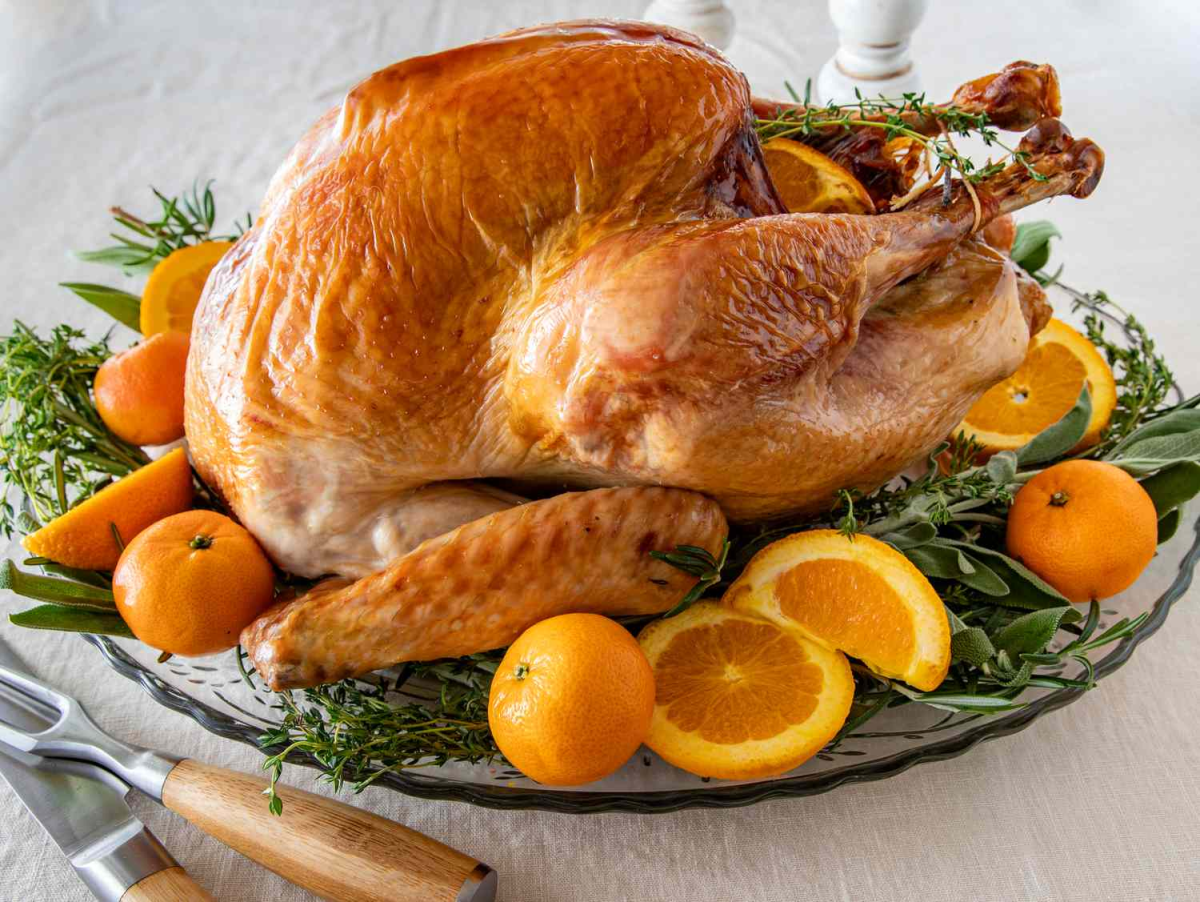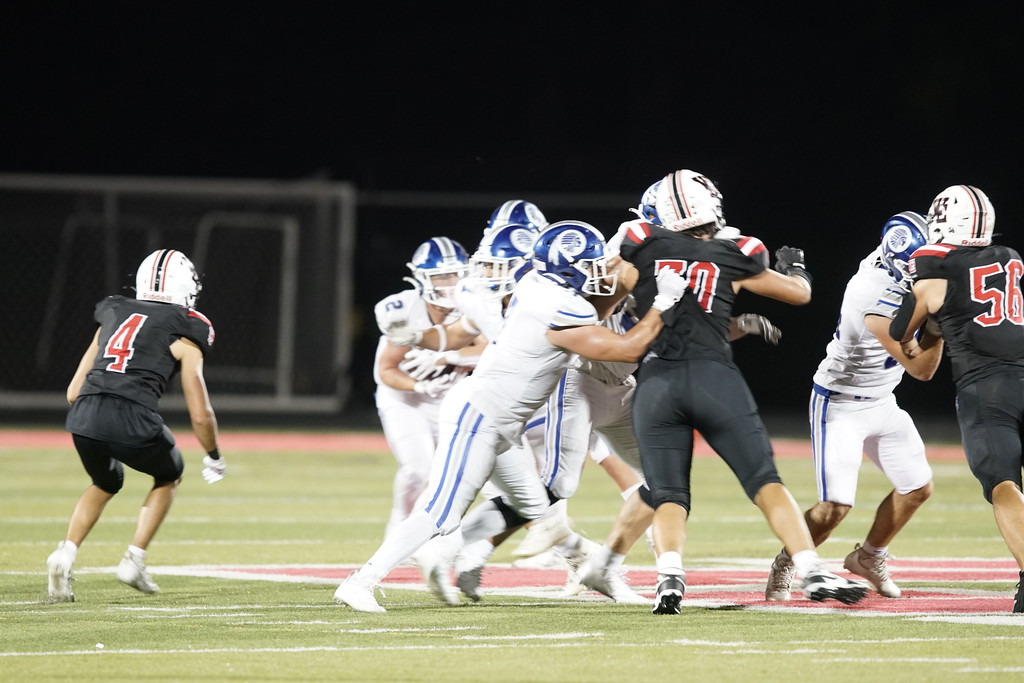The Winter Olympics used to be a breeding ground for celebrities. Ladies’ single skaters such as Peggy Fleming and Dorthy Hamill were hugely famous in the 1960s and 1970s; and Michelle Kwan, Kristi Yamaguchi, Nancy Kerrigan, and Tara Lipinkisi were all big stars in their own right during the late 1990s to the early 2000s. Yet, U.S. women haven’t won an individual Olympic medal since Sasha Cohen took silver in 2006, and Sarah Hughes was the last to win gold in 2002. So what has changed? How did American women — who used to dominate the sport — fall so far behind, so fast?
The Scoring System
Until 2005, figure skating scores were awarded on a 6.0-point scale for technical merit — skills such as jumping and spins — and for presentation, a subjective artistic evaluation. However, after a vote – trading scheme at the 2002 Salt Lake City Olympic Games, the International Skating Union implemented the International Judging System, known simply as IJS. Under this new system, points are awarded on technical elements and five program components: skating skills, transitions, performance, composition, and interpretation of the music. But IJS isn’t as simple as it sounds, when you factor in base value, grades of execution (GOE), and weighted placements, the scoring system might seem akin to reading a foreign language. What’s most important to know about the International Judging system is that it places much more importance on more difficult and riskier jumps — a transition that the United States Figure Skating Association has yet to make.
The Training Process
According to Slate Magazine, whereas top U.S. ladies “train in separate locations, Russia’s centralized sports system brings top athletes together to train under the same coach.” Evegenia Medvedeva, 2018 Olympic silver medalist, describes this arrangement as a motivation tool, telling ESPN, “Competing against the best brings out the best. In our group there are really so, so, so many young skaters, some of them doing such difficult elements, such difficult jumps. It just forces you to be stronger. When you see the younger skater who is doing [something] more difficult, you feel so strange inside because you are older and you want to be stronger than them.” On the other hand, American skating is “a fiercely independent ecosystem. [American skaters] aren’t state-sponsored the way the Russians are. They don’t have free and constant access to an ice rink the way Russians do,” according to The New York Times. As a result, American girls aren’t learning the hardest jumps at the same age as their foreign competitors. By the time a female American skater will have learned the full set of triple jumps (toe loop, salchow, loop, flip, and lutz), she might be competing against Russian and Japanese skaters who have already mastered their triples — skaters who are now jumping triple axels and/or quads.
The Russian Dominance
In major figure skating competitions, Russian female single skaters are the ones to beat. As Yamaguchi says of the U.S. ladies, “I don’t think it’s that we’ve been so weak. I think it’s that other countries have been so strong and consistent.”
“For decades, the emphasis in figure skating for Russia was on pairs, where they enjoyed an Olympic dynasty from 1964-2006. But now that dominance has shifted to the ladies singles,” according to Bleacher Report. Russian ladies have claimed medals in every world championship since 2012 and are expected to dominate in the continuing years because figure skating is a points game. Said best by former U.S. figure skater Tara Lipinski, if difficult jumps or jump combinations are “still a 50-50 shot for most Americans” but almost like “walking” for the Russians, the United States can surely expect to miss the podium again in 2022.









